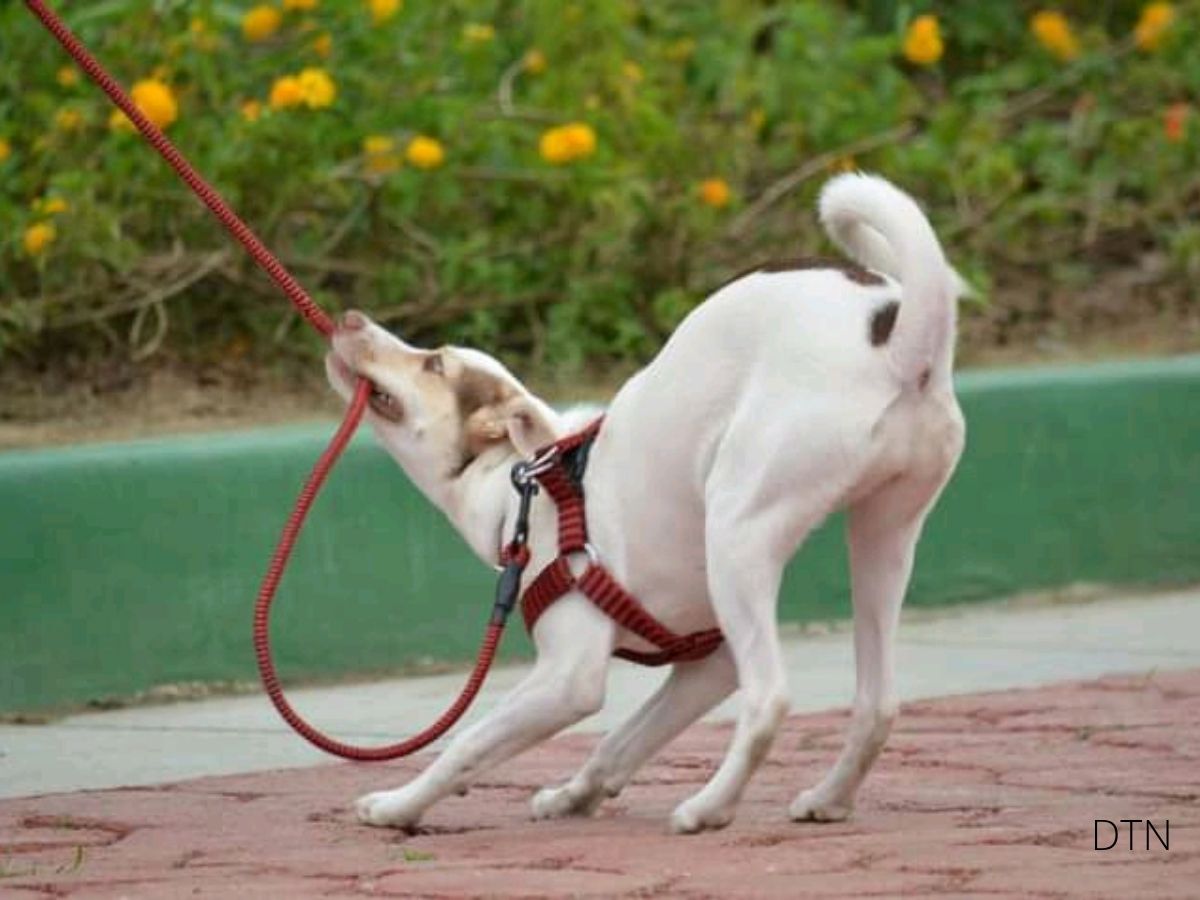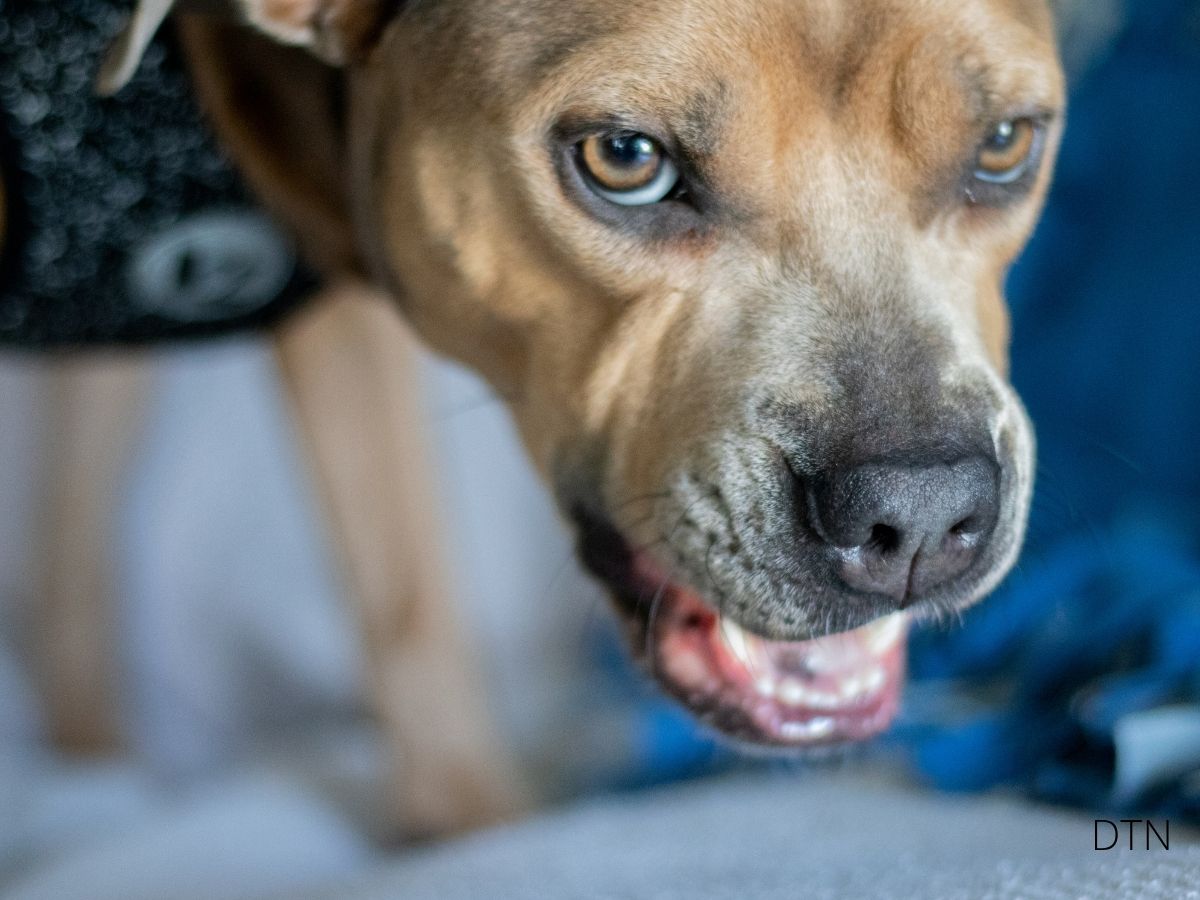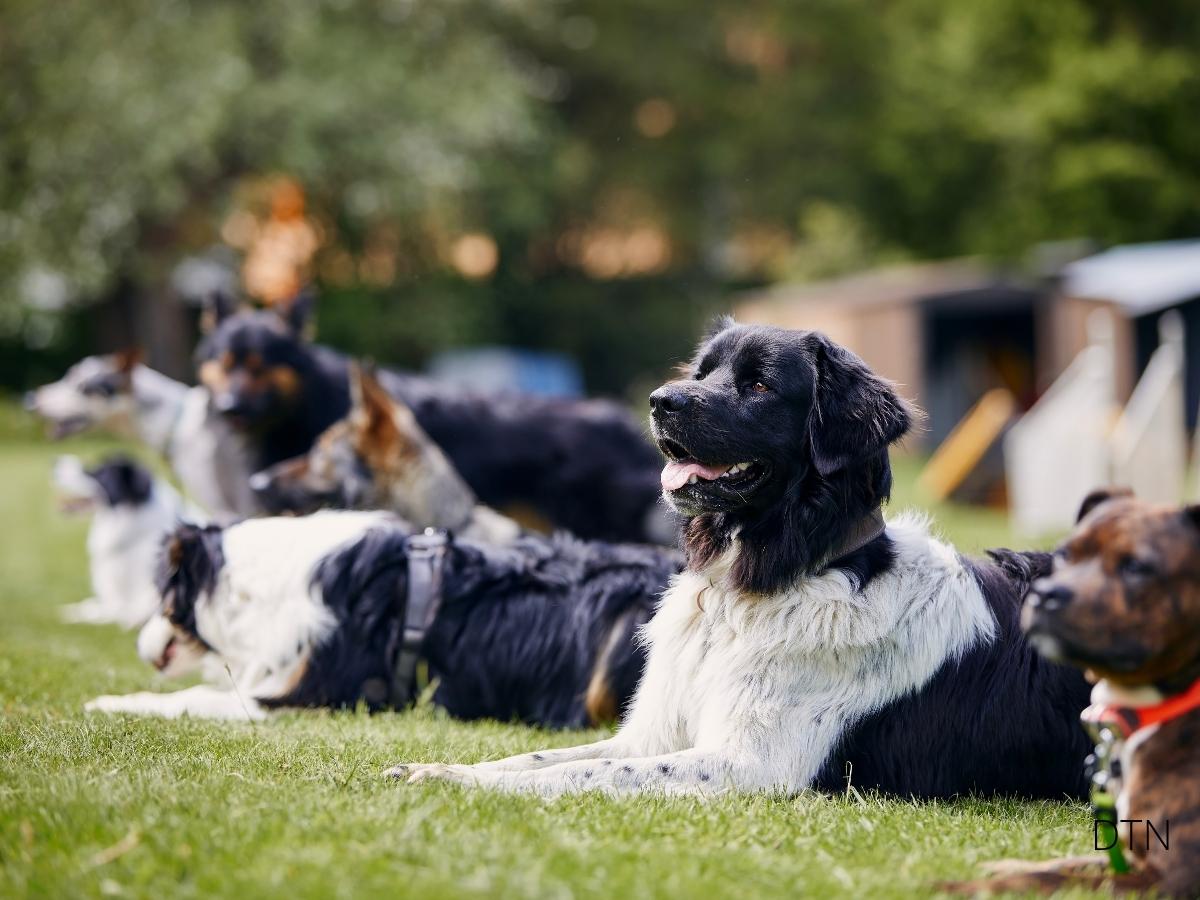Fear is one of the most misunderstood emotions in our canine companions. While we often notice the obvious signs—a tucked tail or trembling body—the subtle language of canine fear speaks volumes before these dramatic displays ever occur. Learning to read this language transforms not only how we care for our dogs but deepens the trust between you and your furry friend in ways that science is only beginning to fully appreciate.
Whether you’re puzzled by your pup’s sudden reluctance to enter the veterinary clinic or noticing changes in your dog’s confidence, understanding fear is essential. This guide will walk you through recognizing fear responses and responding with compassion and effectiveness.
The Science Behind Canine Fear
When your dog encounters something frightening, their brain activates an ancient survival mechanism. The amygdala, a small structure deep within the brain, acts as the emotional command center. Research using fMRI technology reveals that even when dogs are physically restrained and unable to display typical fear behaviors, their amygdala shows significant activation. This means your dog might be experiencing intense fear even when their body language doesn’t fully express it.
The physiological cascade follows quickly: heart rate increases, cortisol floods their system, and their body prepares for fight-or-flight. Through the NeuroBond approach, we understand that these responses aren’t just mechanical reactions—they’re deeply emotional experiences that shape your dog’s future behavior and their relationship with you.
Not all dogs respond to fear identically. Breed heritage, early socialization, traumatic events, and positive learning experiences continuously reshape their emotional landscape. This interplay between nature and nurture means two dogs of the same breed can have vastly different fear responses to identical situations.
Recognizing the Subtle Signs
Before your dog shows obvious fear, they communicate discomfort through subtle displacement behaviors. You might notice your dog suddenly sniffing the ground when approached by a stranger, yawning in the waiting room, or licking their lips when nothing food-related is happening. These seemingly random behaviors are actually your dog’s way of self-soothing and signaling discomfort.
Key subtle fear indicators include:
- Ground sniffing – When your dog suddenly becomes “distracted” by scents during stressful moments
- Lip licking – Rapid tongue flicks across the nose or lips when no food is present
- Yawning – Stress yawning is more exaggerated and occurs in tense situations
- Freezing – Brief moments of complete stillness to assess a situation
- Whale eye – When you can see the whites of your dog’s eyes as they track something without turning their head
Research confirms that dogs show increased inactivity duration during fear-inducing situations like fireworks displays. This freezing behavior represents an attempt to become less noticeable to perceived threats.
Progressive Fear Signals
As fear intensifies, your dog’s communication becomes more obvious. Automated facial recognition studies have identified backward-drawn ears as one of the most reliable indicators of fear, particularly in response to loud noises.
Progressive fear behaviors include:
- Lowered body posture – Making themselves smaller, lowering their center of gravity
- Tucked tail – The tail curves down and between the hind legs
- Panting and increased mouth-opening – Even in cool environments
- Trembling or shaking – Visible muscle tension throughout the body
- Avoidance behaviors – Actively trying to move away from the stimulus
- Scanning – Rapid head movements searching for escape routes
The Invisible Leash reminds us that true guidance comes from awareness, not tension. When we learn to read these progressive signals, we can intervene before fear escalates into panic.
Physiological Indicators You Can Monitor
Your dog’s cardiovascular system provides objective data about their emotional state. Studies consistently show that heart rate increases during fear responses. Heart rate variability (HRV)—the variation in time between consecutive heartbeats—is even more telling. High HRV generally indicates a relaxed state, while reduced HRV suggests stress and reduced capacity to cope.
Cortisol levels provide a biochemical window into your dog’s stress response. Elevated cortisol doesn’t just indicate momentary fear—chronically high levels can compromise your dog’s immune system and overall health. Research on anxiety medications demonstrates that effective interventions lower plasma cortisol levels, helping veterinarians assess whether treatments are actually reducing internal stress, not just masking external symptoms.
Other physical changes accompany fear: pupil dilation even in bright conditions, increased sweating from paw pads, and more shedding during stressful situations. These signs offer immediate insight into your dog’s arousal level. 🧠
The Challenge of Observer Bias
Research reveals that even clinical animal behaviorists sometimes struggle with consensus on emotional states in dogs. If trained professionals face these challenges, imagine how much more variable owner interpretations can be. We bring our own emotional projections and past experiences to every interaction.
Early studies of animal emotions were criticized for “unscientific anthropomorphism”—projecting human mental states onto animals. While dogs do experience genuine emotions, we must be careful not to interpret their experiences through an exclusively human lens. When your dog refuses to greet a visitor, they might not be “rude”—they may be genuinely fearful and trying to maintain safe distance.
Perhaps the most insidious form of bias is habituation. When you live with a chronically anxious dog, their baseline behavior becomes your normal. You might not recognize that constant vigilance, reluctance to settle, or startle responses to ordinary sounds are actually signs of persistent fear. Moments of Soul Recall reveal how memory and emotion intertwine in behavior—what seems like quirky personality traits might actually be learned fear responses.
If you want loyalty, get a dog. If you want loyalty and attention, get a smart dog.
– Grant Fairley

Environmental Factors That Shape Fear
The environment profoundly influences how your dog expresses fear. Research using fireworks models successfully demonstrated that specific environmental triggers reliably produce fear responses. Context matters enormously—a dog who shows little fear of vacuum cleaners at home might become terrified of similar sounds in an unfamiliar veterinary clinic.
Environmental factors that modulate fear:
- Noise levels and types – Sudden, unpredictable sounds trigger stronger fear
- Space and confinement – Restricted environments amplify fear by limiting escape options
- Social setting – The presence of familiar people or other animals can soothe or intensify fear
- Novelty – New environments carry inherent uncertainty
- Lighting and visibility – Dogs feel more secure when they can clearly see their surroundings
One crucial finding involves restraint. Studies revealed that dogs under physical restraint showed significant amygdala activation but did not display aggressive behaviors that might typically accompany such fear. When your dog is on a tight leash, in a crate, or being held during examination, they may be experiencing intense fear that isn’t fully visible in their body language.
Modern Technology in Fear Detection
Technology is revolutionizing how we identify fear in dogs. Recent research has developed AI-powered systems for fully automated analysis of dog facial expressions, even in “noisy” real-life environments. These systems use 36-landmark facial mapping to quantify emotional states with unprecedented objectivity.
Computer vision and deep learning can detect subtle changes in facial musculature, ear position, and eye appearance that human observers might miss. Motion tracking captures behavioral changes that unfold over milliseconds—changes imperceptible to human observers in real-time.
However, technology is a tool, not a replacement for the human-canine bond. These systems work best when combined with your knowledge of your individual dog and their history. That balance between science and soul—that’s the essence of Zoeta Dogsoul.
Clinical and Practical Applications
Reducing Stress in Veterinary Settings
Fear identification protocols can dramatically improve the veterinary experience. By recognizing early signs of fear, veterinary staff can implement low-stress handling techniques, take breaks, or use calming aids before fear escalates. Many modern practices employ “Fear Free” certification programs that train staff in fear recognition and stress-reduction.
Early identification allows for timely use of calming interventions. Research shows that medications like trazodone can lower plasma cortisol levels in anxious dogs. When veterinarians can identify genuinely fearful patients, they can make informed decisions about pre-visit anxiolytics or sedation protocols.
The Progression from Fear to Aggression
Unaddressed fear frequently progresses to aggression. Fear-based aggression is defensive—your dog is trying to create distance from something threatening. When earlier, subtle distance-increasing behaviors don’t work, dogs may escalate to growling, snapping, or biting. This progression is preventable when fear is identified and addressed early.
Research confirms that early intervention through desensitization, counter-conditioning, and when appropriate, medication, dietary supplements, or pheromone therapy can reduce fearful, anxious, and aggressive behaviors. The key is “early”—waiting until fear-based behaviors become severe makes intervention more difficult and sometimes less successful.
Prevention and Building Confidence
Desensitization involves gradually exposing your dog to fear-inducing stimuli at intensities low enough that fear isn’t triggered. Counter-conditioning pairs these exposures with positive experiences, changing your dog’s emotional response from fearful to positive or neutral.
These techniques require careful implementation and accurate fear recognition. You must identify the earliest signs that your dog is approaching their fear threshold so you can adjust before they cross it. Professional guidance from certified animal behaviorists is valuable for dogs with significant fear issues.
Prevention isn’t just about avoiding bad experiences—it’s about creating good ones. Dogs who have diverse, positive experiences tend to be more resilient and adaptable. Confidence-building activities might include training new skills, controlled exposure to novel but non-threatening situations, interactive play, and providing choices that allow your dog to exercise control over their environment.
Your home should be your dog’s safe haven. For fearful dogs, environmental management is often the first step. This might mean creating a “safe space”—a quiet area where your dog can retreat when overwhelmed. Predictable routines reduce stress, as your dog knows what to expect. 😄
The Role of Owner Input
You spend more time with your dog than any professional ever will. Your longitudinal, contextual observations are invaluable for comprehensive fear assessment. Research has successfully utilized owner questionnaires to gather data on dog behavior patterns to predict relationship issues.
However, structured assessment tools are valuable. Well-designed questionnaires with specific, behaviorally-defined questions help owners provide more objective data. Instead of asking “Is your dog anxious?” effective questionnaires ask: “How often does your dog pant when no physical exertion has occurred?” These concrete behavioral questions are easier to answer accurately.
When you learn to recognize fear accurately, you become a true partner in your dog’s behavioral health. You can implement management strategies at home, recognize when professional help is needed, and provide detailed information that helps professionals design effective intervention plans. 🧡
When to Seek Professional Help
If your dog’s fear is severe, rapidly worsening, or has progressed to aggression, consulting with a certified professional dog trainer, certified animal behaviorist, or veterinary behaviorist is essential. Red flags include fear responses that interfere with quality of life, fear-based aggression, panic-level responses to common stimuli, or fear that doesn’t improve despite your attempts at management.
A comprehensive behavioral assessment typically includes detailed history-taking, direct observation, and sometimes physiological assessment. From this, a behavior modification plan emerges—detailed, specific, and tailored to your individual dog and your capabilities. Working with professionals doesn’t mean you’ve failed—it means you’re taking your dog’s emotional needs seriously.
Conclusion: Building Trust Through Understanding
Understanding canine fear isn’t just for behavior professionals—it’s essential knowledge for anyone sharing their life with a dog. Even confident dogs experience fear sometimes, and recognizing these moments allows you to provide appropriate support and deepen your communication with your canine companion.
Dogs whose fear is recognized and respected are safer, healthier, and happier. A dog who feels understood and supported can relax into the joy of being a dog rather than living in constant vigilance.
Your journey with your dog is unique, built on shared experiences and growing understanding. Let fear recognition be one tool in building a relationship based on trust, communication, and genuine connection. Through awareness, compassion, and commitment to learning your dog’s unique language, you’re not just identifying fear—you’re building a foundation of trust that will support your relationship for years to come. Every moment spent understanding your dog’s emotional world is an investment in their wellbeing and in the depth of connection you share together.






